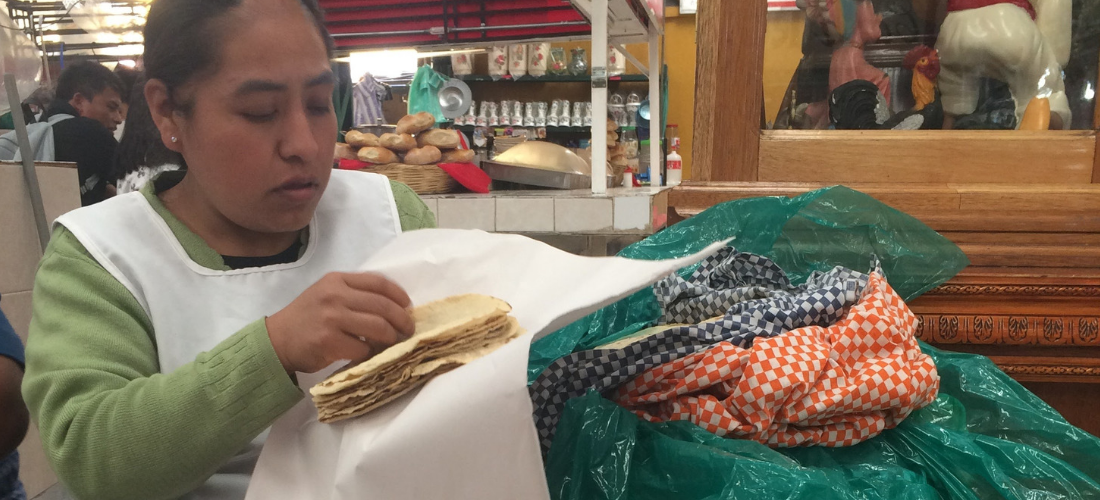
Photographing life and food in Mexico
In our multi-media rich world feels strange to think of an analogue way to document life just with words, easily forgetting that in fact for centuries we have re-imagined the vivid descriptions of travellers, diarists and writers who have captured the zeitgeist of their time for posterity.
Food as a writing genre is quite a recent phenomena in the western world, it was really only after the World War II that food essays began to appear in newspapers and magazines, prior to that the only place that food had in the editorial industry was in the form of a cookbook, which has a long and fascinating history on its own but perhaps will be the subject another post.
Food essays, rich in descriptions, evoking scenes and first-person narratives, were texts in which food served as a common thread, embedded in the construction of distant and often idealised places that offered a perfect escape to the pressing struggles of the post-war period.
Many authors contributed to enrich and diversify food writing: the English writers Elizabeth David, and Jane Grigson championed the long-forgotten grand culinary traditions of Britain, while Mary Frances Kennedy Fisher explored the sociological aspects of food and eating in America, Alfonso Reyes and Salvador Novo opened new possibilities to culturally frame food in Mexico.
What all of them had in common is that none of them earned a living as cooks, nor had made a career in cookery writing, but instead they were journalists, novelists, poets, and at least one was a college drop out, but what makes their work so crucial to modern food writing is that they made food an accessible and inclusive topic, before them, food was not considered any more worthy of writing about than any other mundane everyday activity only requiring of manuals and instructions, and certainly wasn’t considered a subject to be pondering over.
For me, as a food history writer there has been three main influences in my approach to food, the first:
- My own experiences of growing up in a food-centred culture, because just like native speakers, native eaters construct our primary understanding of the world based on our surrounding context, and for me, I food is something that facilitates relationships and sets social dynamics in motion, so everything that happens in the fields, barns, markets, kitchens and tables is equally relevant to the production of food.
- The second influence has come from how living abroad has provided me with understanding my own cultural heritage from the outside and see it in with new eyes, which in sociology is called being culturally aware, aware of relationships, systems, practices and beliefs that give sense and functionality to a society.
- And the third is photography as a document, not to simply illustrate but to be a key component of my work’s narrative. My partner, the great photographer in my life who has also vastly expanded my understanding of the use of photography both as an objective document and as a deliberate creation to selectively curate life as it happens and centre my attention to what I particularly want to transmit.
Working on Amazing Mexican market food has taken me to visit man markets, talk, observe, ask, taste, smell, perceive the environment, sounds, colours, see interactions, and capture the magnificence of unrehearsed everyday life of Mexico.
Paraphrasing the American photographer Robert Adams, photography allows to capture the landscape (human and natural), it can be autobiographical, and we can also use it as a metaphor.
What I have found through my photographic work is that Mexicans don’t seem in the least interested in moving on from the consumption and preparation of traditional food, particularly that from traditional eateries found in markets, it is also very positive to see a rising interest in re-appropriating recipes and ingredients that were once frowned upon and culturally degraded as inferior.
But it also has given me access to see many aspects of everyday life, and in a short time, I have taken hundreds of photos of which 99% won’t ever get to find a place among the pages of this book. Now what every photographer and photography writer will say -and quite rightfully so- is that it is impossible to be completely objective when capturing something, as the ultimate decision of how to Fram the precise monte of when to take a photo are deliberate acts, it still has the power to covey two truths: the photographer’s intention and life as it happens infant of the lens.
My own photographic work has changed, evolved and ramified too, the very different categories of food styling, cook’s portraiture, urban and country landscape, and street photography, and of course the massive learning curve has come with its many lessons, great snaps and thousands of useless files, but in cooking as in writing, research and photography, is that the work itself becomes a document of a personal journey and evolution, in which my constant effort is to remain authentic to my purpose and provoke reflection and curiosity in my readers to pursue their own experiences with Mexico, its culture, people and food.
[osd_social_media_sharing]

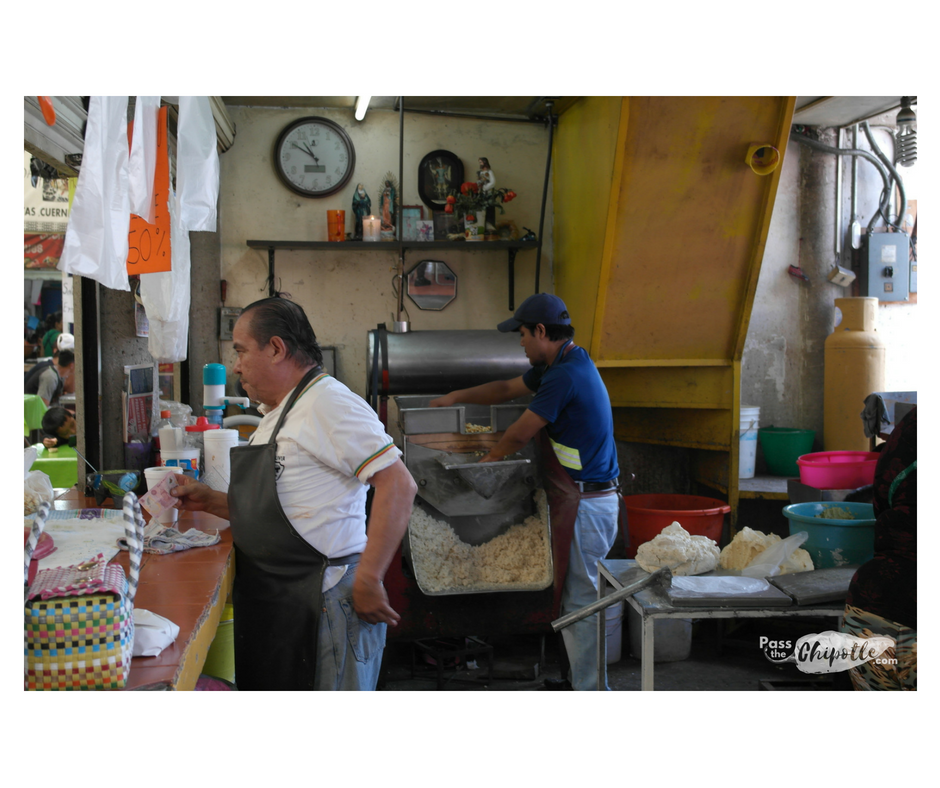
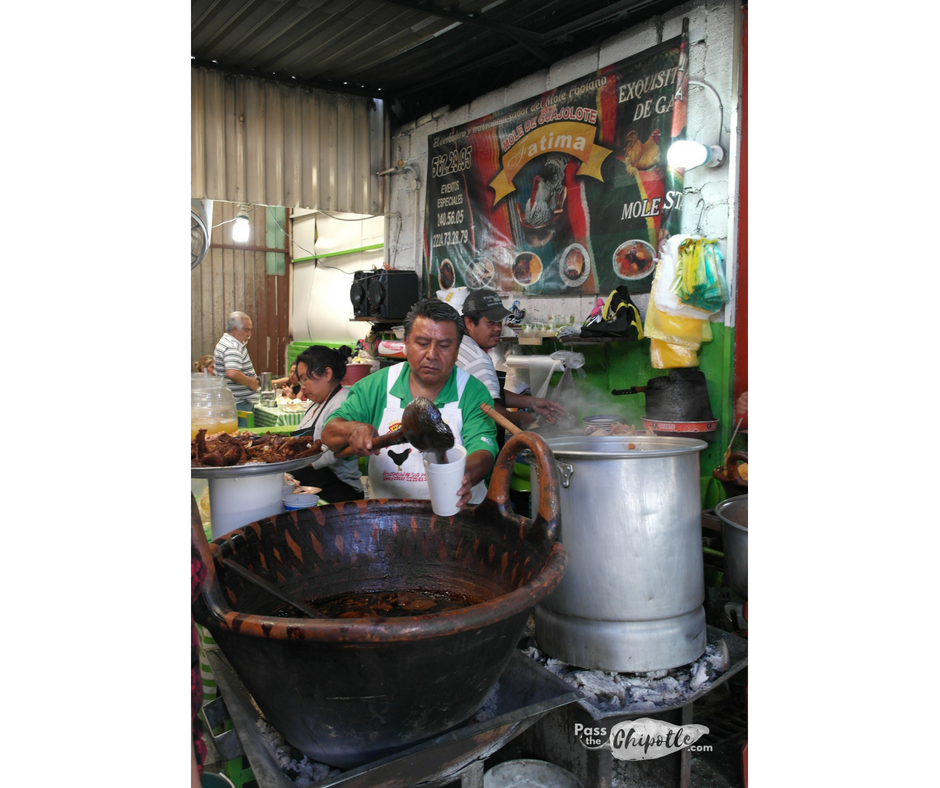
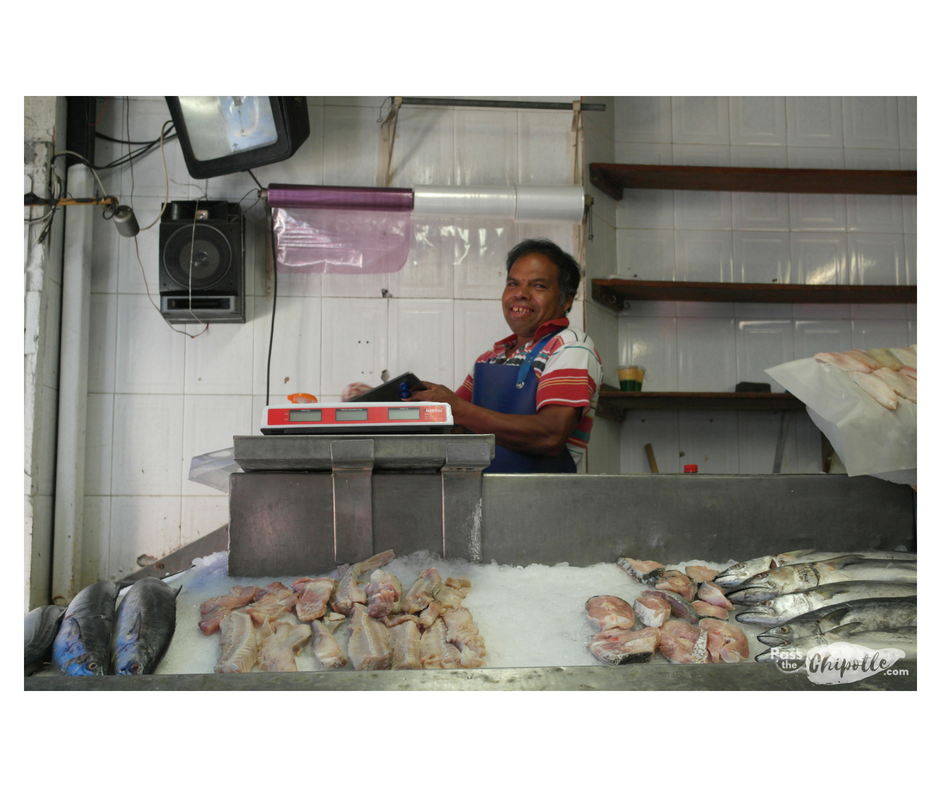
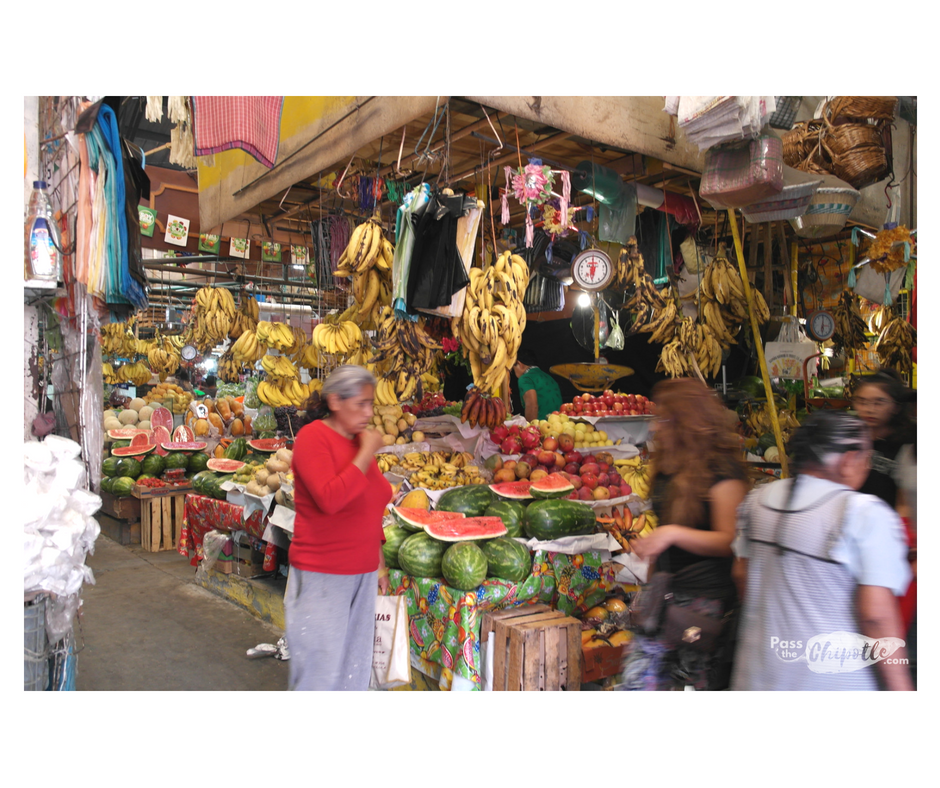
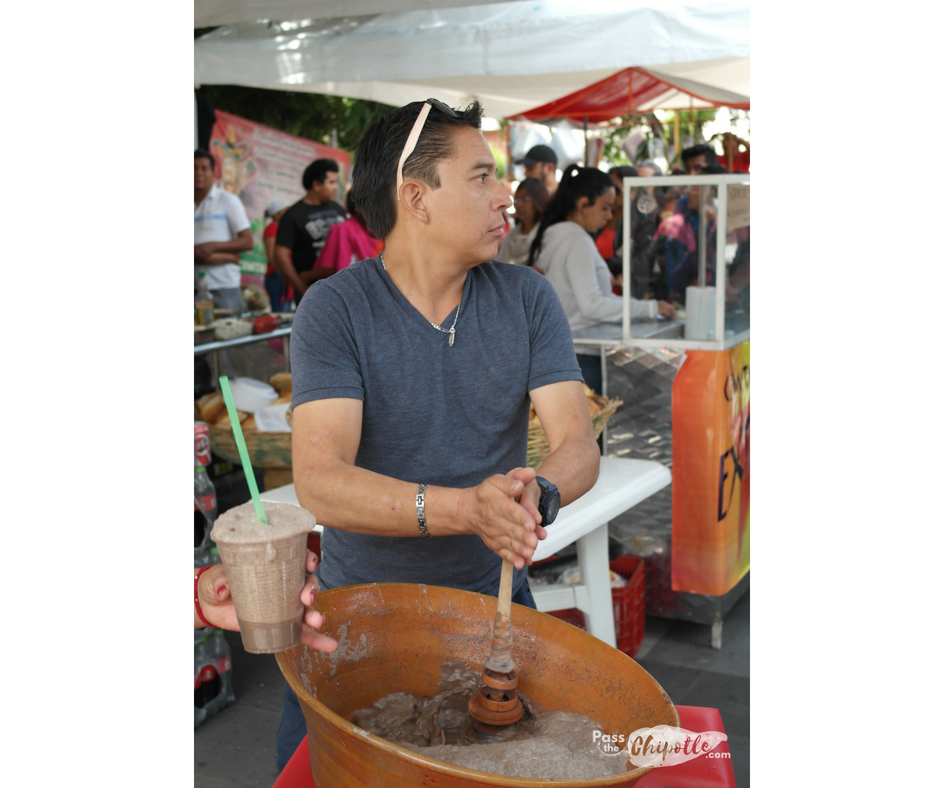
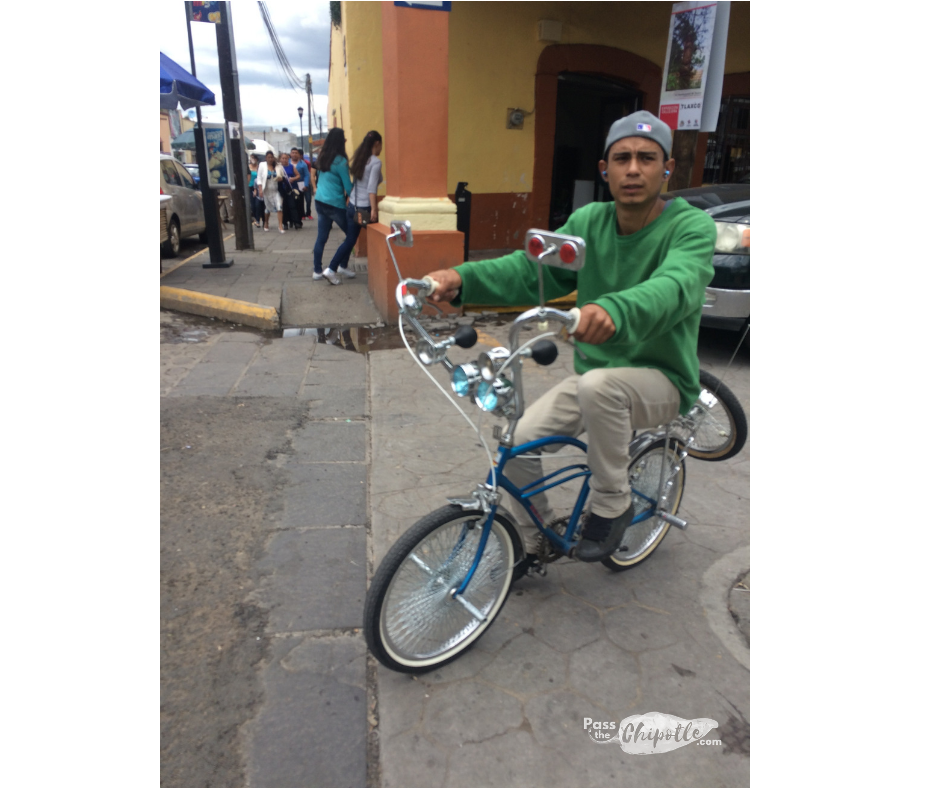
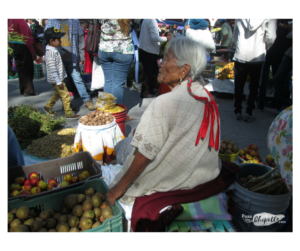

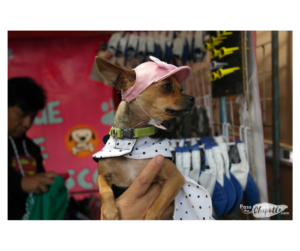
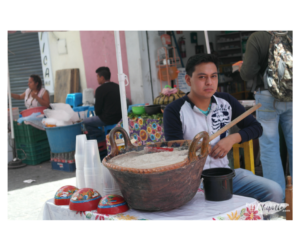

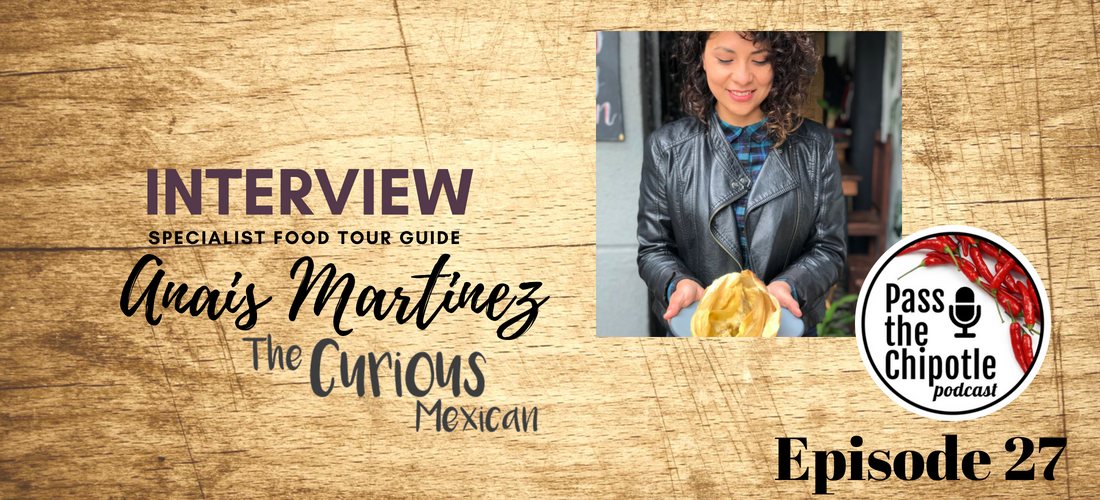
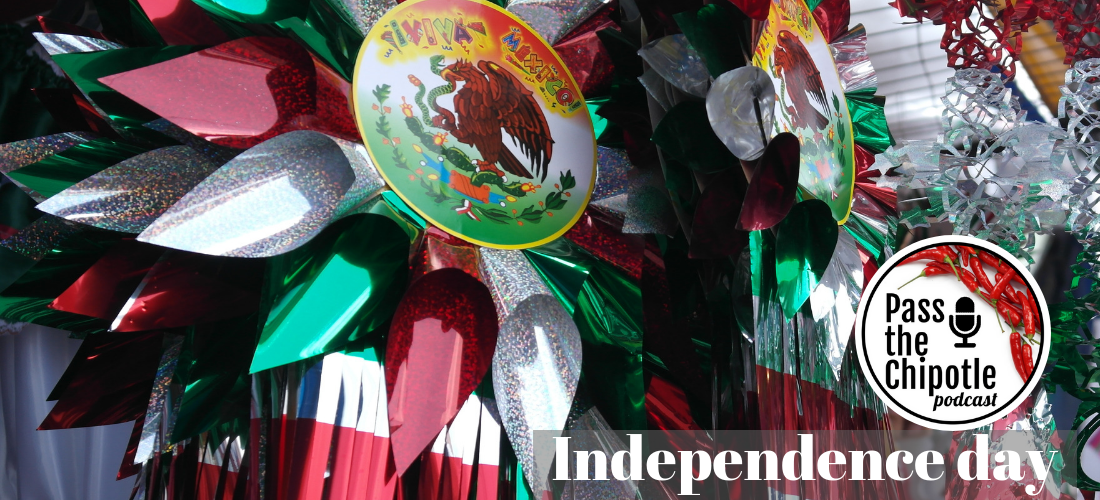
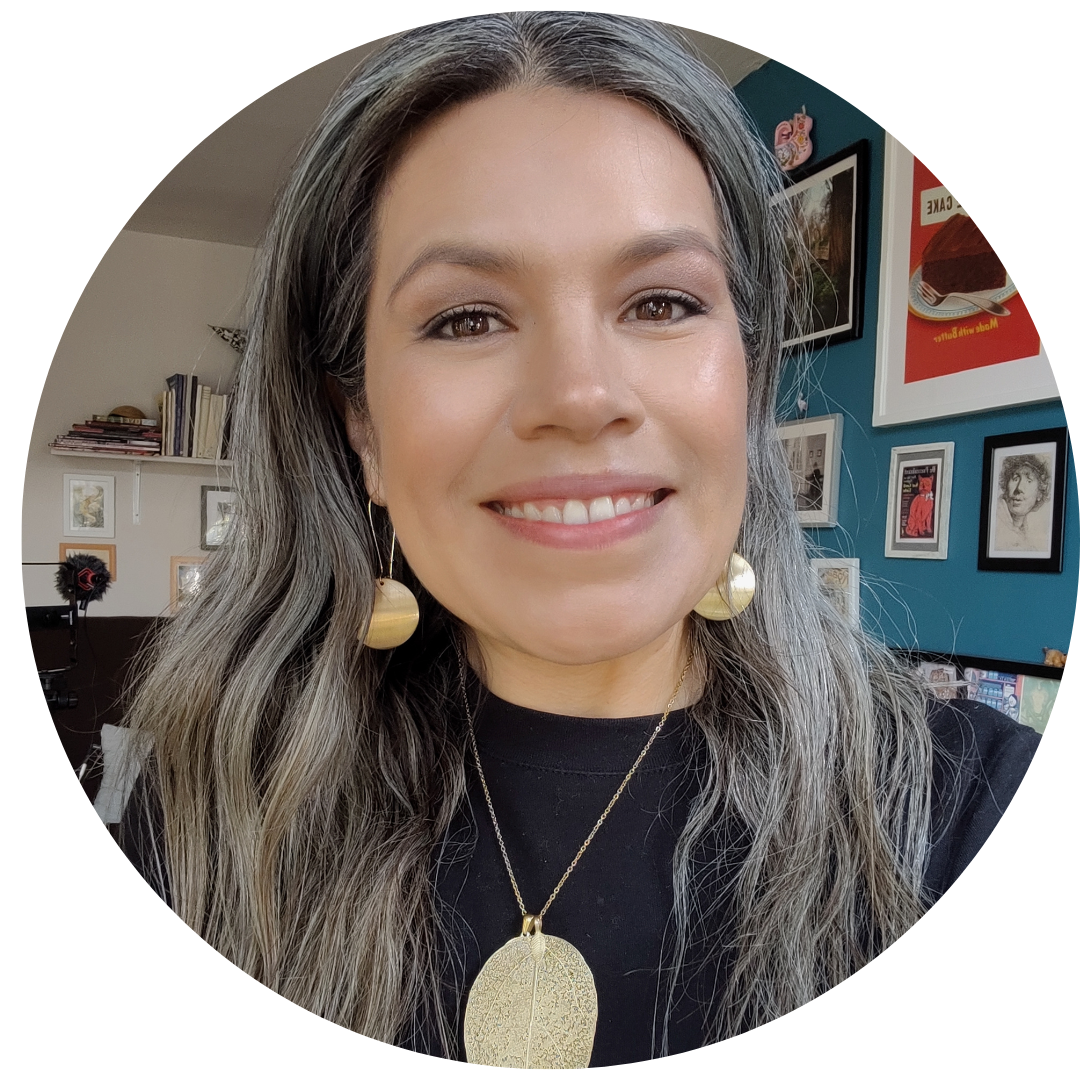


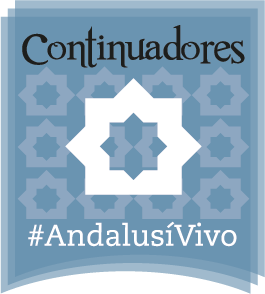

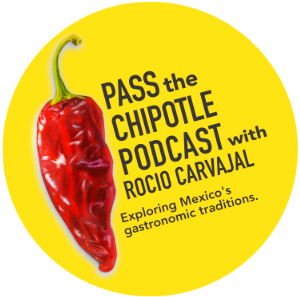
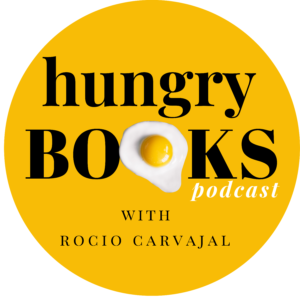
Comments (3)
Nicole
September 7, 2018 at 2:11 am
I love this! I am beyond excited to see your published work. If it’s anything like your digital magazines, then it’s sure to be a gem. Thank you for capturing the spirit of Mexico!
rocio.carvajal.cortes@gmail.com
September 7, 2018 at 12:31 pm
Gracias Nicole! Is such a long process to write a book and so much is left out that I really think is worth sharing it. Glad to hear you’re enjoying the series. ?
rocio.carvajal.cortes@gmail.com
September 7, 2018 at 12:33 pm
Thank you Nicole! Is such a long process to write a book and so much is left out that I really think is worth sharing. I’m glad you’re enjoying the series. ?
Comments are closed